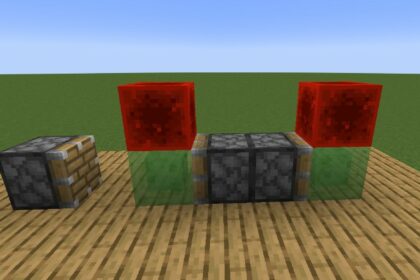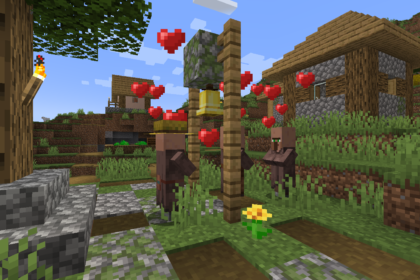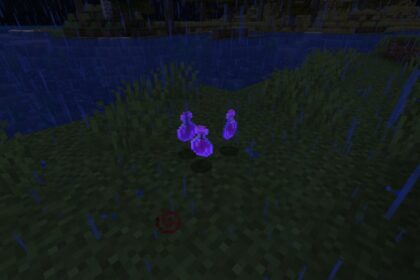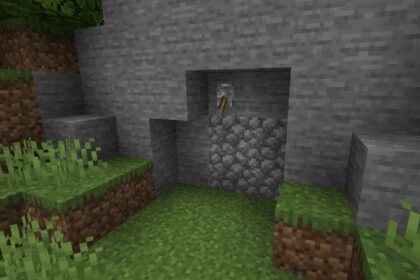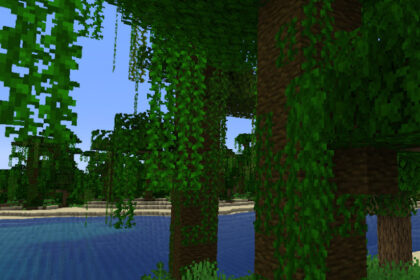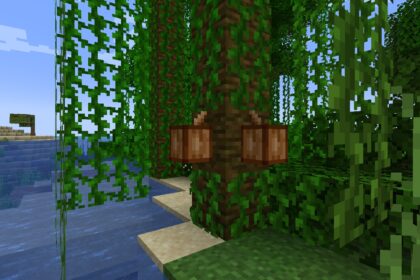Color dyes are an amazing way to customize certain things in Minecraft and give your builds and world a splash of color.
There are many different dyes in Minecraft and each of them has to be found and created in a certain way. Some of them can feel a bit tricky, which is why we’re here to help you.
In this tutorial we will help you create every available dye and teach you how to use them well.
How to Make Dye
There are a total of 16 different color dyes in Minecraft.
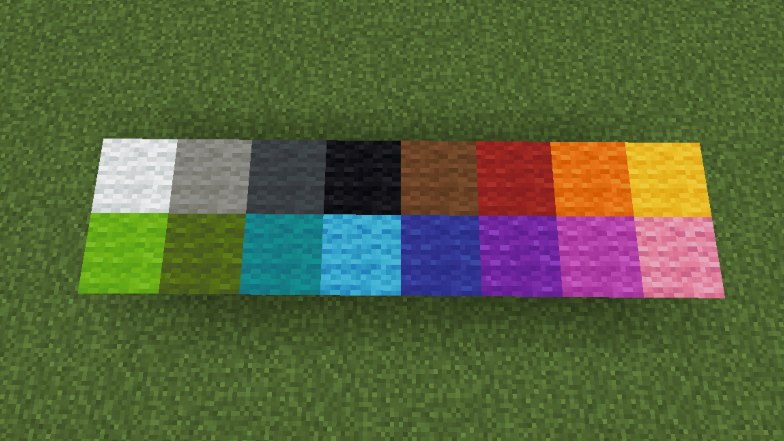
The first 12 dyes you can get from items you find naturally spawning in different biomes. I will refer to these as natural dyes, because you simply need to process natural ingredients on a crafting bench to get their color.
The remaining 4 can only be made through crafting.
These 4 colors can be called crafted or mixed dyes, because you have to mix different colors together to get them.
Natural Dyes
The most common way of getting the basic color dyes is through flowers.
Putting a flower on the crafting slot will give you the color of that flower. This is usually how you will get the basic dyes in the game.
Some flowers are rarer than others, so you will have to travel to specific biomes when looking for certain colors.
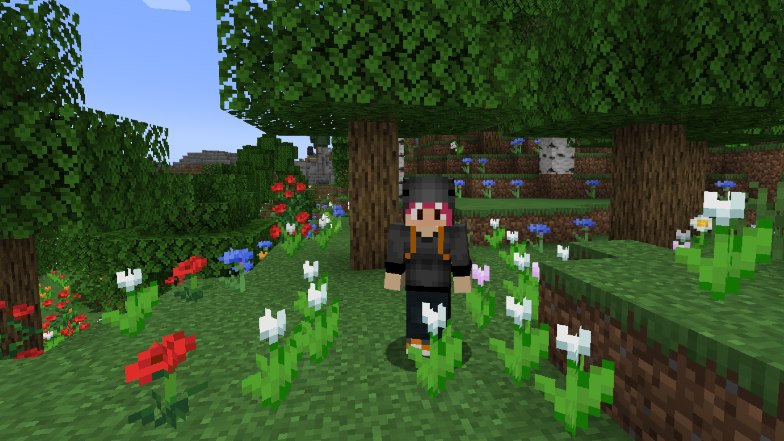
There are a few other colors which you have to get from different resources. Colors like black or blue can be found in certain items and don’t even have to be processed into their dye form.
Here is a table of every color and what resources you can get the from
| White | Bonemeal, lily of the valley |
| Light gray | White tulip, oxeye daisy, azure bluet |
| Red | Red tulip, rose bush, poppy |
| Orange | Orange tulip |
| Yellow | Sunflower, dandelion |
| Pink | Pink tulip, peony |
| Magenta | Lilac, allium |
| Blue | Lapis lazuli, cornflower |
| Light Blue | Blue orchid |
| Green | Cactus |
| Lime | Sea pickle |
| Brown | Cocoa beans |
| Black | Squid ink sac, wither rose |
All of these you can get by placing their item on a crafting bench or your crafting inventory slot, except cacti and sea pickles. To get their colors you will have to smelt them.
Mixed Dyes
There are 4 dyes that can’t be directly made from a natural resource. Instead you will need to mix 2 different colors together to get that specific dye.
To get these is pretty simple as long as you understand basic color mixing.
Mixing some of the basic dyes with white will give you a lighter version of the color. Mixing blue and red will give you purple, etc.
Below is a table with the most basic recipe to get any of the mixable color dyes:
| Gray | white + black |
| Light gray | white + gray |
| Orange | yellow + red |
| Lime | white + green |
| Cyan | blue + green |
| Light blue | blue + white |
| Purple | blue + red |
| Magenta | purple + pink |
| Pink | white + red |
Magenta dye is certainly the most interesting dye, because it actually has multiple recipes. The recipe above is the simplest
The rest require you to mix a lot more basic dyes together and you can find it in your recipe book if you have discovered the dyes you need.
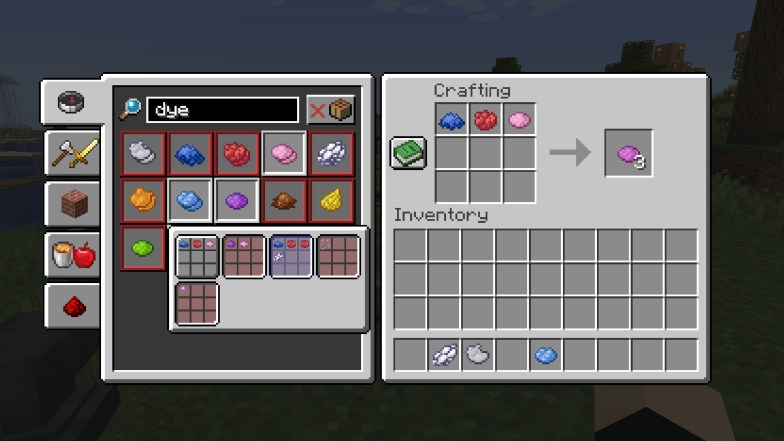
Using Dye
Dyes are very versatile and they can be used to color a variety of things in Minecraft.
The most common things you may be using your dye for is to your beds or wool blocks. Dying wool blocks is an easier way to make colored beds, carpets, and even banners.
Terracotta can also be dyed like wool, but each color gives glazed terracotta a different look.
Though, the most extensive customization can be done to leather armor.
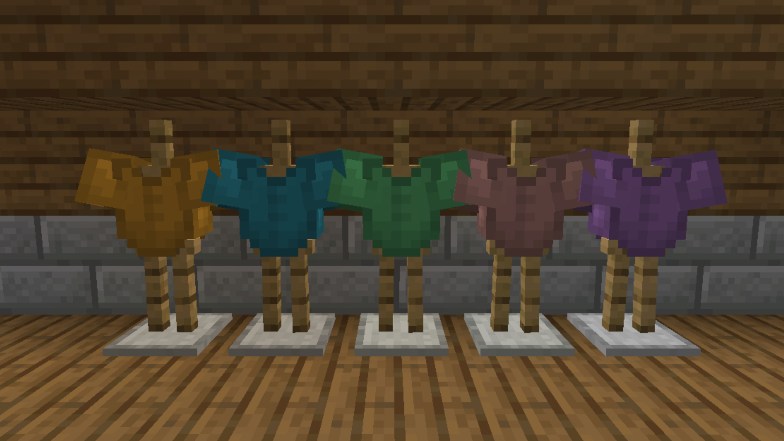
Leather armor can be dyed multiple times and with multiple colors at a time. Every previous color will affect whatever color you put on after it. In total there are 5,713,438 different colors you can dye your armor in.
What to do Next
Having all these colors is amazing for building and one of the most unique and versatile building blocks in Minecraft is glazed terracotta.
Depending on what color your terracotta is before a glaze, you will get a unique color and pattern. The pattern of each individual block can be used in a near endless number of pattern combinations to get some very unique looks and shapes.

